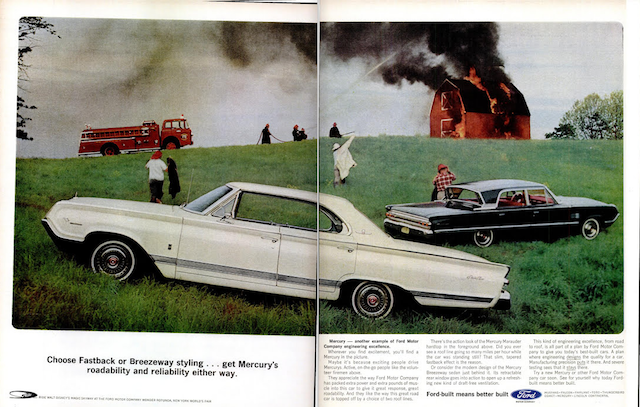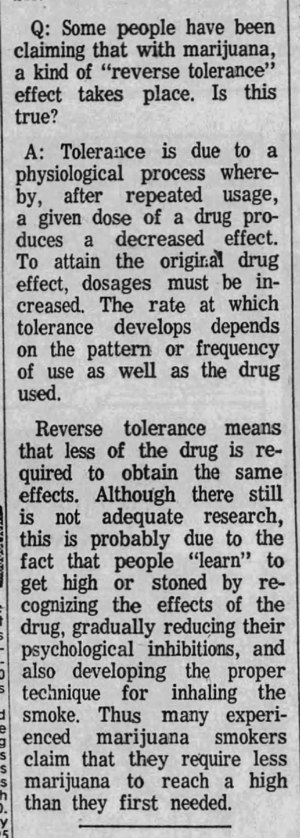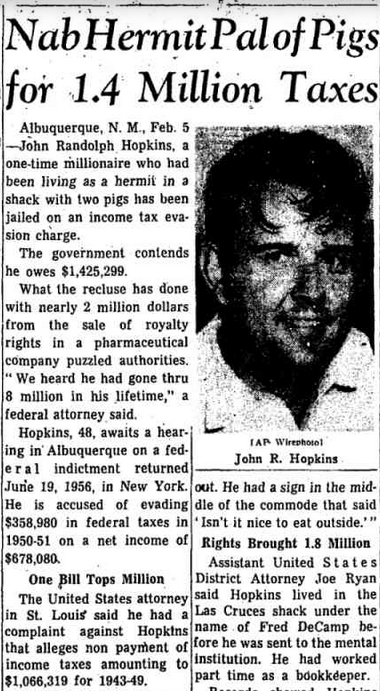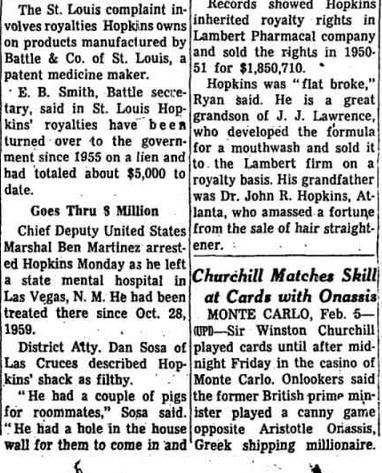March 2017
March 24, 2017
The Vidifont Titling Device
How did TV put a caption on the screen in the Sixties?Graphics, including all title graphics (i.e. "President Lyndon B. Johnson” or "Walter Cronkite”) were set in type or drawn by graphic artists. The graphic was photographed using 35-mm film, the film developed, and a 35-mm slide generated. The time to generate a slide exceeded one hour. The slide, when used, was placed in a special projector, scanned by a television camera, and keyed into the studio video feed. This method was known as ‘Superimposition’. Since the news department had to be prepared to identify any speaker who might appear before the cameras during the convention, Bass was faced with creating in excess of 4000 slides in advance for each convention. If an individual who was not a delegate or an alternate was called upon to give a seconding speech or to participate in an interview, a title slide probably would not be available. Bass was seeking an instantaneous, graphics-quality titling capability solution to the problem. The goal was to produce graphics that could be transparently mixed with artwork created using traditional methods.
Imagine then the delight when the Vidifont device was invented.

Original ad here.
Posted By: Paul - Fri Mar 24, 2017 -
Comments (0)
Category: Technology, Television, 1960s, 1970s
March 23, 2017
Star Wars Celica GT
Back in 1977, as a stunt to help promote the opening of Star Wars, Toyota created a custom Star Wars Celica GT. Then they raffled off the car. Somebody won it, but nobody knows who. The fate of this car has become something of an obsession among fans of the movie. Was it destroyed? Is it still sitting in a garage somewhere? The mystery endures...More info: SpeedHero, jalopnik



Santa Ana Register - Oct 8, 1977
Posted By: Alex - Thu Mar 23, 2017 -
Comments (2)
Category: Motor Vehicles, Cars, Movies, 1970s
Follies of the Madmen #308

Yes, I want my product associated with the destruction of property and possible loss of life. That's a glamorous ambiance!
Original ad here.
Posted By: Paul - Thu Mar 23, 2017 -
Comments (6)
Category: Business, Advertising, 1960s, Cars
March 22, 2017
Reverse Tolerance
I had never heard of "reverse tolerance" before, but apparently it's a real thing. It describes a condition in which some habitual users of a drug will, over time, require less of the drug (instead of more) to achieve the same effect. It's most often discussed with reference to marijuana, but sometimes alcohol also.One theory is that marijuana accumulates in the body for a long time and that's what produces the effect -- i.e. you think you may be having just a little, but you've already got a lot in you. Another theory is that it's just a psychological illusion. As users become more familiar with how to smoke it, they do so more efficiently and learn to identify the effects earlier. Therefore, they think they need less to achieve the same effect.
When people develop a reverse tolerance to alchol, it's usually because of liver damage. They lose the ability to break down alcohol, so a little bit produces a big effect.

Minneapolis Star Tribune - Dec 18, 1970

St. Cloud Times - Feb 17, 1973
Posted By: Alex - Wed Mar 22, 2017 -
Comments (0)
Category: Drugs
The Girlfriend of the Whirling Dervish
Lately I have been listening to a lot of Martin Denny, the inventor of exotica music. I think he certainly qualifies as weird. As do Exotik-A-GoGo, modern interpreters of his work.
Posted By: Paul - Wed Mar 22, 2017 -
Comments (1)
Category: Space-age Bachelor Pad & Exotic, 1950s
March 21, 2017
Makes bomb threat from jail
October 1971: While being booked on charges of malicious mischief at Los Angeles police headquarters, Frank Elby Taylor asked to exercise his right to make a phone call. He was allowed to do this, so he called the airport and made a bomb threat. The call was quickly traced back to the police station. The police got Elby out of his cell and booked him again on felony charges.
Reno Gazette-Journal - Oct 30, 1971
Posted By: Alex - Tue Mar 21, 2017 -
Comments (1)
Category: Crime, 1970s, Pranks
Mystery Gadget 45

Why is this man inside a steel cylinder?
The answer is here.
And after the jump.
More in extended >>
Posted By: Paul - Tue Mar 21, 2017 -
Comments (4)
Category: Technology, 1900s
March 20, 2017
7 Clicks (March 20, 2017)
7 ClicksA Weird Universe News Service
March 20, 2017
Proportion (I): Bald, repeat sex fiend who murdered a child demands toupee in prison because: humiliation [BBC News]
News You Can Use: Having your [well, a mouse's--but anyway] whole body vibrated = "exercise" (A journal article! Endocrinology!) [Science Daily]
The U.S. House protecting rights of mentally ill veterans--to own a gun (and despite vets' suicide rates) [Huffington Post]
Proportion (II): He (Brazilian) killed her, fed her body to his dogs, served 7 yrs, released, now signs 2-yr pro soccer contract. [The Guardian]
Not Even Trying Any More: Sub teacher at Brookland-Cayce High in South Carolina showed up smashed, then kept drinking from her box of wine in class. [WIS-TV]
"The Friday bingo mindset seems to infect people who behave rationally all other days of the week"--director of the Holyoke, Mass., Council on Aging, following some "incidents" [Atlanta Journal-Constitution]
Your Call to Jury Duty: David Banfield, 63, Marathon, Fla.--entitled to the presumption of innocence? [Miami Herald]
Thanks to Peter Smagorinsky, Joe Littrell, and Chuck Hamilton.
Posted By: Chuck - Mon Mar 20, 2017 -
Comments (5)
Category:
How many ways are children annoying?
Back in 1931, Dr. Mandel Sherman, director of the Child Research Centre, wanted to find out the exact number of ways in which children annoy their parents. He came up with the oddly specific number of 2,124 different ways.He arrived at this number by having a group of parents carry notebooks around with them for a week and record each time their child annoyed them.
Some of the ways in which the children annoyed: being disobedient, being too slow or too quick, not being neat, primping, etc.
Personally, I think he seriously lowballed that number.
We've encountered the work of Dr. Sherman before. Back in 2009, I posted about his advice that instead of training kids to be successful in life, we should train them to accept the inevitability of failure. That way, they'll be much happier when they actually do end up as mediocre flops.

The New York Times - Jan 30, 1931
Posted By: Alex - Mon Mar 20, 2017 -
Comments (3)
Category: Psychology, Children, Parents, 1930s
Ex-millionaire Lives With Pigs


Original story here.
Posted By: Paul - Mon Mar 20, 2017 -
Comments (1)
Category: Animals, Eccentrics, Money, 1960s
| Get WU Posts by Email | |
|---|---|

| Who We Are |
|---|
| Alex Boese Alex is the creator and curator of the Museum of Hoaxes. He's also the author of various weird, non-fiction books such as Elephants on Acid. Paul Di Filippo Paul has been paid to put weird ideas into fictional form for over thirty years, in his career as a noted science fiction writer. He has recently begun blogging on many curious topics with three fellow writers at The Inferior 4+1. Chuck Shepherd Chuck is the purveyor of News of the Weird, the syndicated column which for decades has set the gold-standard for reporting on oddities and the bizarre. Our banner was drawn by the legendary underground cartoonist Rick Altergott. Contact Us |

